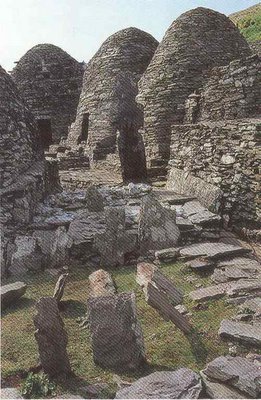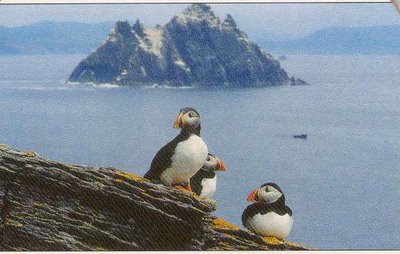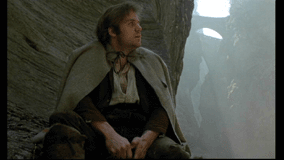Interlacing: Medieval -Net Rhizome?

In this detail from the Book of Kells, showing the heads of lions and chalices spouting vines, we can more clearly see the zoomorphic aspects of the interlace.
"However, in interlacing, the interweaving of the bodies of snakes and lions, of peacock and fishes, chalices and vines, is not intended to be a naturalistic representation of the existing world. These images are schematic and symbolic. The elements of the work are chosen from a repertoire of marks and usable images and themes; a set collection of pre-agreed upon symbols, forms, and images. The images are meant to represent some aspect of Christ's life: the snake representing rebirth (in the shedding of its skin) and, at the same time, Original Sin; the peacock representing the incorruptibility of Christ (a reflection of the ancient belief that the flesh of a peacock is incorruptible ..."
As Observing the Observer observes-via-quotation in Words that sound better in…Provençal: Entrebescant : "’entrebescant’: interlacing, intertwining. Related to the narrative strategy of interweaving ..."

Monastic "bee-hive huts" in Ballinskelligs, Ireland, location of the earliest monastic settlement, circa 6th-9th century.

Ballinskelligs (Skellig Michael) Rock, off the coast of Kerry, Ireland.

The Philosopher's film [narrative]: scene from Werner Herzog's Heart of Glass, from 1976, shot at Ballinskelligs ...


0 Comments:
Post a Comment
<< Home